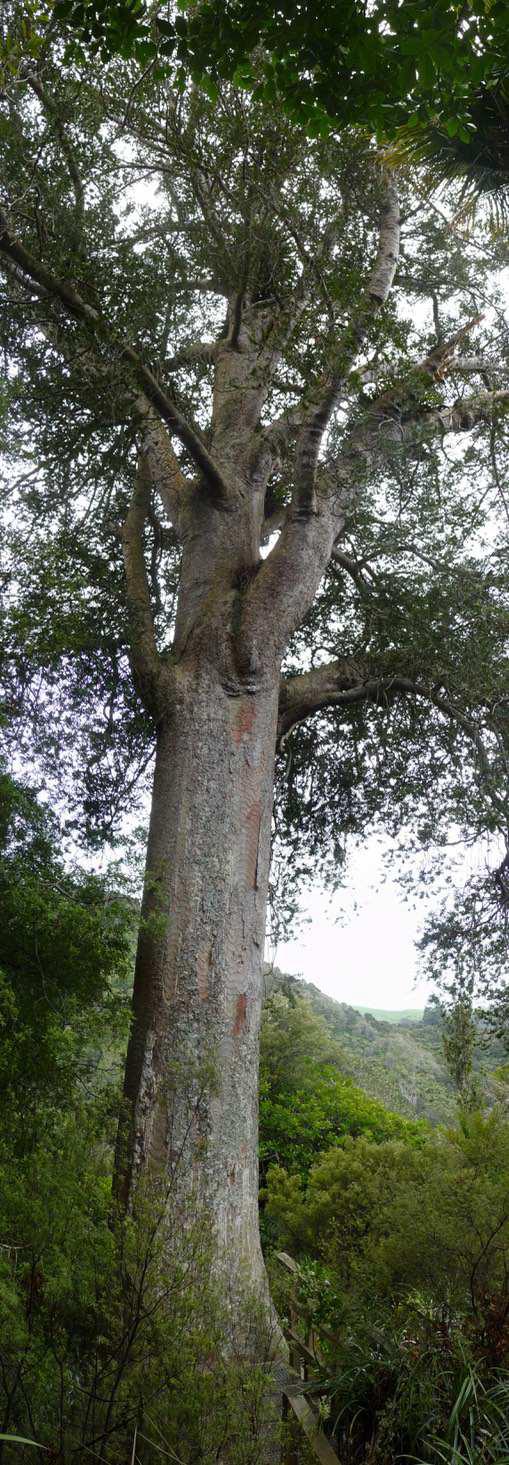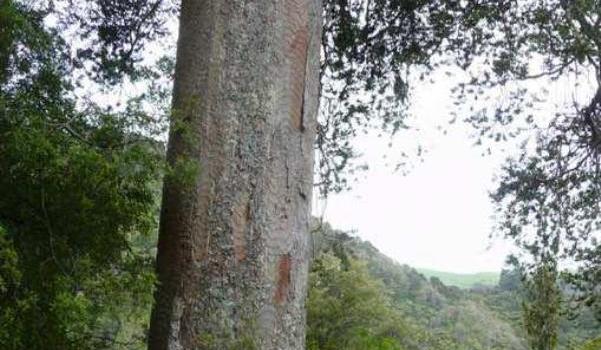
Contractors employed by DOC began work on Tuesday 16 April to upgrade the Hakarimata Summit Track north east of Raglan / west of Ngaruawahia to prevent the spread of kauri dieback . The track was closed for two days while the work was underway to protect the public, contractors and the kauri.
The Hakarimata Summit Track is now open until 1 May. Work has begun on the track to prevent the spread of kauri dieback disease. The track will be closed 1 to 3 May to complete this work. No access will be permitted from either end of the track during this period. Other tracks in the Hakarimata Scenic Reserve will be open as usual. Check the DOC website for updates.
“These measures are necessary to keep our kauri safe and to ensure this hugely popular walk continues to be enjoyed in the future,” says DOC Waikato Operations Manager Ray Scrimgeour.
“Our aim is to have the Summit Track reopened for the Easter period. The exact date for the track’s reopening will be posted on the DOC website after the upgrade is complete. There’s still plenty of alternative tracks for those planning hikes in the area this week, including the Kauri Loop Track at the Parker Road end, which is a particularly beautiful walk. ”
“This upgrade removed and resurfaced the wet and muddy sections of the track where kauri dieback spores thrive and saw barriers installed to prevent people moving off the track and onto kauri roots,” says Ray Scrimgeour.
“To protect our kauri, we encourage visitors to clean their footwear before and after visiting conservation areas.”
This work is part of DOC’s Kauri Dieback Recreation Project, which has upgraded 64 tracks and permanently closed 34 to prevent the spread of the disease since 2014.
All contractors employed by DOC adhere to strict biosecurity protocols.
About kauri dieback
Kauri dieback can kill kauri of all ages. It’s a disease caused by a microscopic fungus-like organism, called phytophthora agathidicida (PA). It lives in the soil and infects kauri roots, damaging the tissues that carry nutrients and water within the tree, effectively starving it to death.
There is no cure for kauri dieback, and the disease kills most if not all the kauri it infects. It can be spread by just a pinhead of soil.
About the Kauri Dieback Recreation Project
In 2014, the Government provided DOC with funding to manage the human spread of kauri dieback on public conservation land. The Kauri Dieback Recreation Project was established.
Currently there’s no proven cure or treatment for kauri dieback. So, we can only save kauri by stopping the disease from spreading. To achieve this, the recreation projection has taken the following approach:
- Upgrading tracks to protect kauri roots and eliminate wet and muddy sections
- Developing and installing footwear cleaning stations
- Introducing initiatives to change people’s behaviour, as the evidence shows that people are the main vector for the disease
- Permanently closing tracks.
The project surveyed the entire 735 km network of DOC-managed tracks in kauri forests and identified 186 tracks for possible upgrade or closure.
So far, 64 tracks have been upgraded and 34 tracks have been permanently closed.

